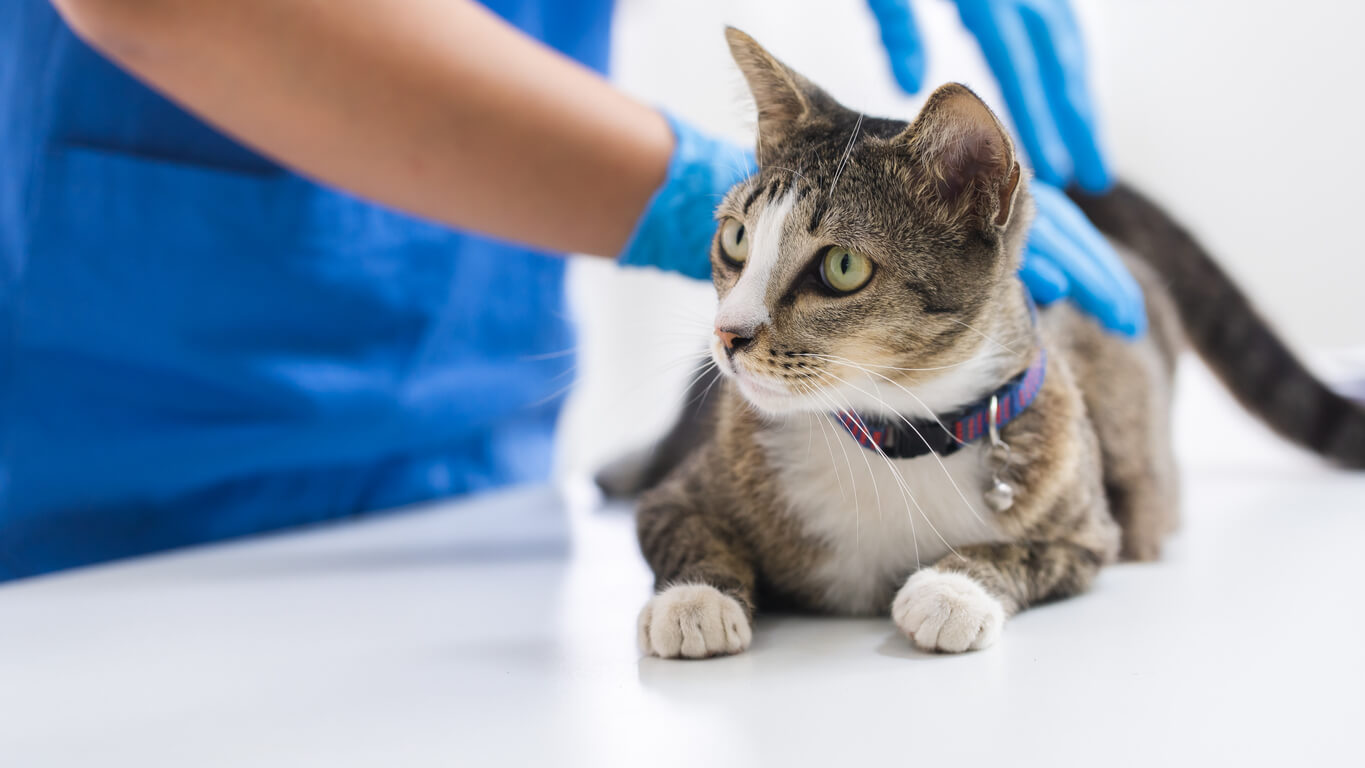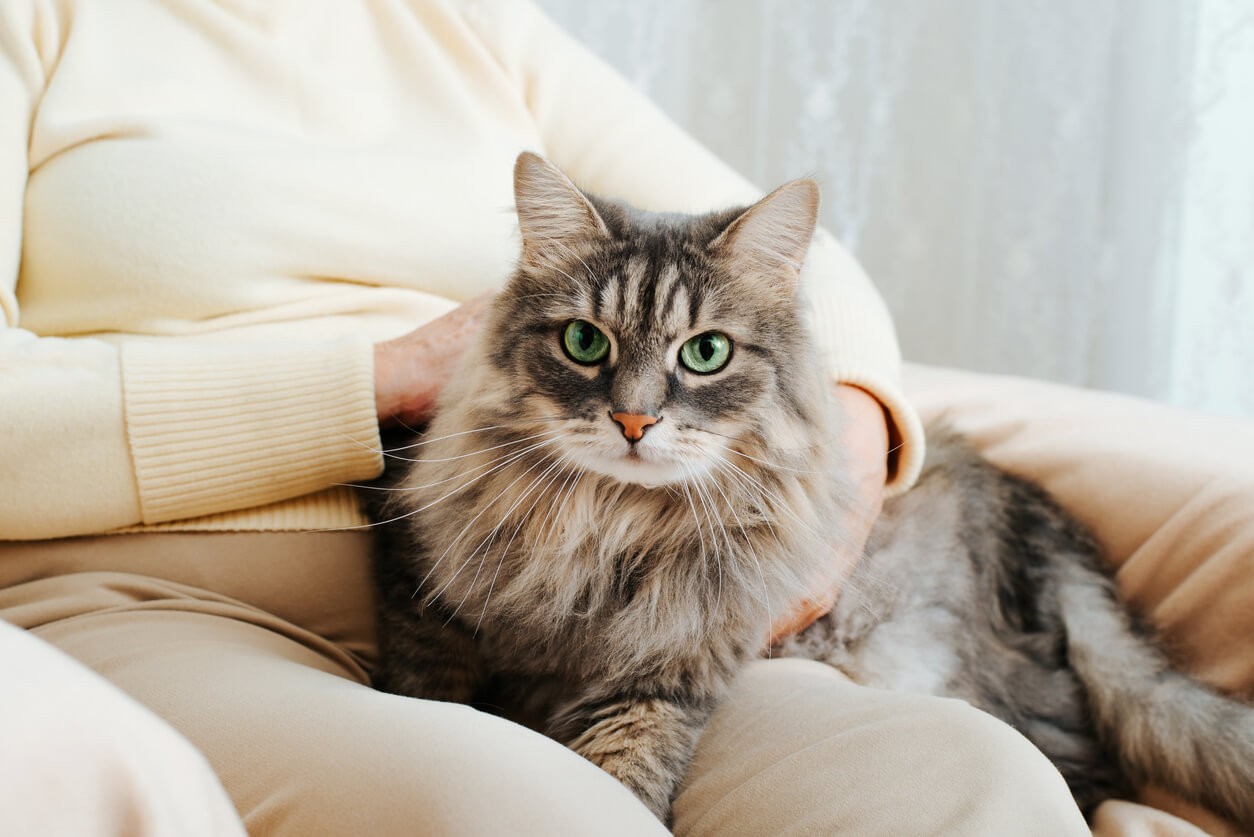

Select a category
Shelters and Pounds publications
Urban Cat Management in Australia—Evidence-Based Strategies for Success
Cotterell J. Rand J. Scotney R Animals Journal
Urban Cat Management in Australia—Evidence-Based Strategies for Success
Cotterell J. Rand J. Scotney R Animals Journal
Urban Cat Management in Australia—Evidence-Based Strategies for Success
Cotterell J. Rand J. Scotney R Animals Journal
Rethinking Urban Cat Management - Limitations and Unintended Consequences of Traditional Cat Management
Cotterell J. Rand J. Scotney R Animals Journal
Rethinking Urban Cat Management - Limitations and Unintended Consequences of Traditional Cat Management
Cotterell J. Rand J. Scotney R Animals Journal
Rethinking Urban Cat Management - Limitations and Unintended Consequences of Traditional Cat Management
Cotterell J. Rand J. Scotney R Animals Journal
Impact of a Local Government Funded Free Cat Sterilization Program for Owned and Semi-Owned Cats
Cotterell JL, Rand J, Barnes TS, Scotney R, Animals Journal
Impact of a Local Government Funded Free Cat Sterilization Program for Owned and Semi-Owned Cats
Cotterell JL, Rand J, Barnes TS, Scotney R, Animals Journal
Impact of a Local Government Funded Free Cat Sterilization Program for Owned and Semi-Owned Cats
Cotterell JL, Rand J, Barnes TS, Scotney R, Animals Journal
Situational Analysis of Cat Ownership and Cat Caring Behaviors in a Community with High Shelter Admissions of Cats
Rand J, Scotney R, Enright A, Hayward A, Bennett P, Morton J, Animals Journal
Situational Analysis of Cat Ownership and Cat Caring Behaviors in a Community with High Shelter Admissions of Cats
Rand J, Scotney R, Enright A, Hayward A, Bennett P, Morton J, Animals Journal
Situational Analysis of Cat Ownership and Cat Caring Behaviors in a Community with High Shelter Admissions of Cats
Rand J, Scotney R, Enright A, Hayward A, Bennett P, Morton J, Animals Journal
Load More
Load More
Load More
Subscribe to our newsletter!
© 2025 APWF · All rights reserved.
Subscribe to our newsletter!
© 2025 APWF · All rights reserved.
Subscribe to our newsletter!
© 2025 APWF · All rights reserved.
Subscribe to our newsletter!
© 2025 APWF · All rights reserved.




